It just after 4.00am on 11 June 1964, an immaculately dressed racing driver climbed aboard an AC Cobra Coupé racing car and headed out of the Blue Boar services on the M1 motorway. His name was Jack Sears and among his claims to fame were already to have become the first British Saloon Car champion and being team-mate to Jim Clark. He’s connected to Autocar too, his friendship with then sports editor and soon-to-be-editor Peter Garnier such that Jack was already godfather to Garnier’s young son, Mark.
In the early morning light, he accelerated smoothly up through the gears. He was there to discover the car’s top speed – not for fun, but crucially to make sure the car was stable and properly geared to race at Le Mans just nine days later. There was no track in the UK where you could run fast enough to simulate the Mulsanne Straight, for even at MIRA the car would not exceed 165mph.
This article was originally published on 9 November 2019. We're revisiting some of Autocar's most popular features to provide engaging content in these challenging times.
The car passed that point with ease, Jack sitting back, hands light on the wheel, looking at the rev-counter needle (it had no speedometer) until at 6500rpm it moved no more. Information banked, he peeled off at the next junction and returned to base. There his team got out their slide rules, compensated for tyre growth and concluded that the car had reached 185mph. By 5.30am, Jack was on his way home for breakfast. To him it was an event without danger or drama: just one of many information-gathering exercises required before taking on an event like Le Mans in a brand-new car.
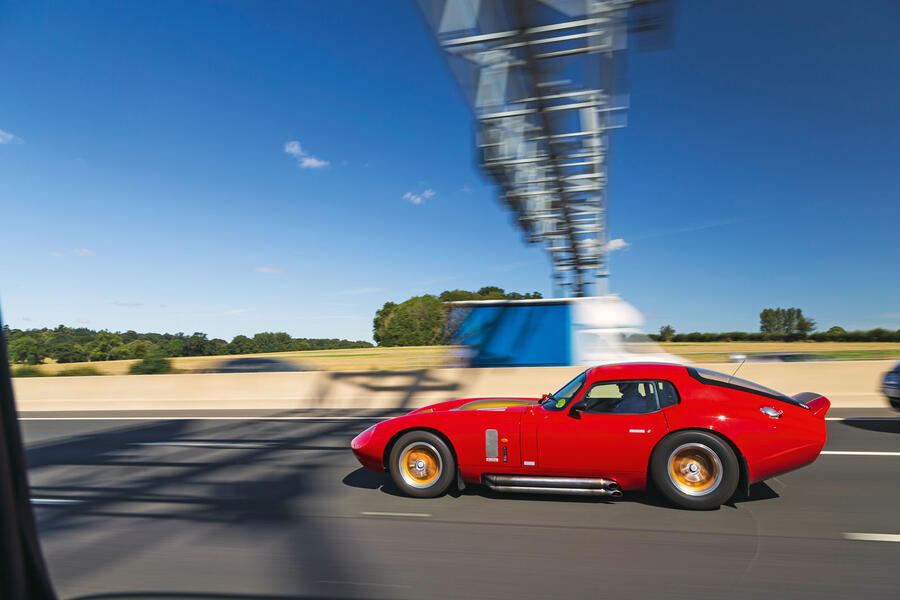
And that would have been that, had someone who’d been there at the time not talked about it in a Fleet Street wine bar – the last place on earth you’d go to keep a secret. The next thing he knew, the story was all over the papers and there were questions being asked in the House of Commons. The following Christmas, a trial 70mph motorway speed limit was introduced – a move made permanent in 1967.
Inevitably, people put two and two together and blamed Jack and his Cobra for the introduction of motorway speed limits, despite the fact that there is no evidence to support it and Jack himself always denied it. But it’s easy to see how those considering such a move might have at least taken into account what even today seems like a fairly incredible speed to reach on a motorway, not least because of all the publicity it attracted.
Today, we’re back at those same services in another Cobra coupé, a Shelby Daytona Coupé – albeit not one of the six priceless originals, but a car made by Superformance in South Africa to such a standard that Carroll Shelby himself allowed his name to be used on them (for a small fee). But it’s a very different place today and ours is a very different purpose.
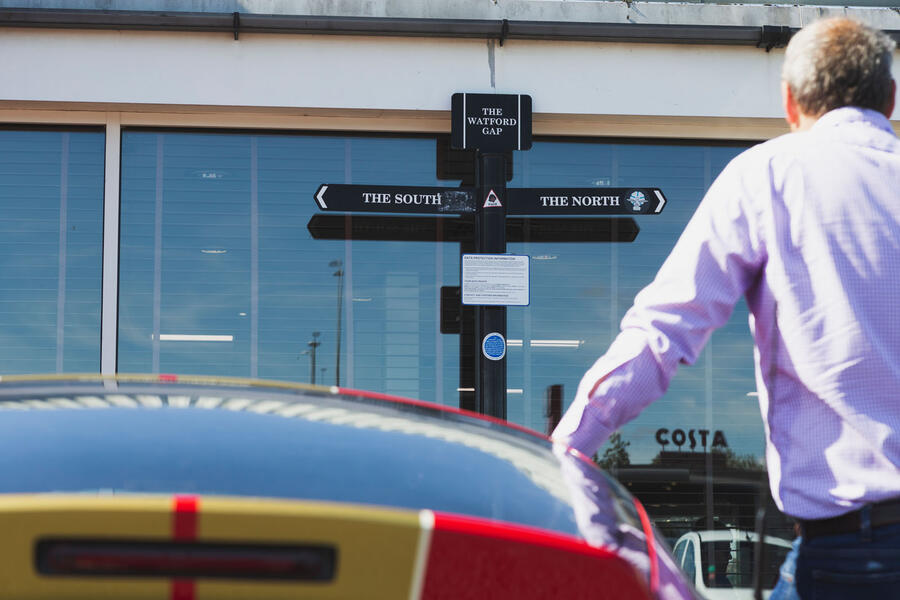
For a start, the Blue Boar services are now the Watford Gap services and the M1 is, well, the M1. The road is choked with lorries and roadworks and in the middle of our shoot we chance across a multi-car pile-up, with people still stepping dazed from the steaming remains of what until a few seconds ago had been their cars. We are mildly inconvenienced by the need to relocate to another part of the motorway to take our shots, but I fear some of them will have had their lives changed forever by whatever unseen occurrence triggered the accident.
Under such circumstances, it seems hard to celebrate the 60th anniversary of the opening of the country’s first proper, inter-urban motorway on 2 November 1959. Then again, like the near 70 other motorways or ‘M’-designated A-roads in the country, its current problems are entirely symptomatic of its success. In 1964, the traffic was so light at that time in the morning that when he did come across another car, Sears felt the need to back off to a trifling 120mph just so as not to scare its driver witless – not for nothing was he known to all as ‘Gentleman Jack’.
Today, the M1 stretches 194 miles from London to Leeds and is one of the UK’s longest motorways after the M6 and M4. In average traffic flow from junction to junction, it remains the busiest outside the M25. The first stretch to open in 1959 extended only from the northern outskirts of London to Rugby, with the remaining sections to Leeds being opened over a period from 1965 to 1968.
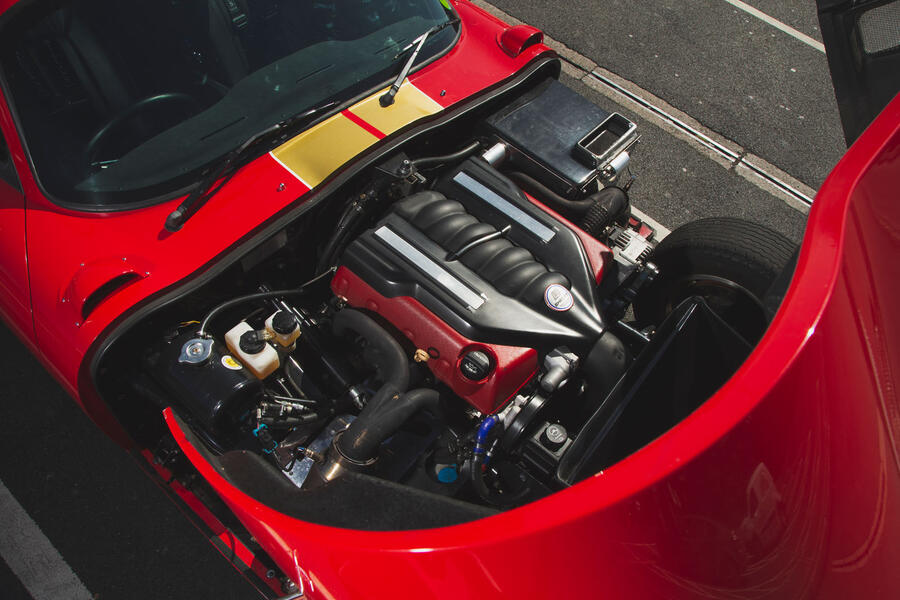
And, to be honest, it’s no longer quite the place to exercise a Cobra. Even so, and despite the fact I was not alive at the time of Jack’s record run, I still feel like a small boy climbing (I should say falling) into the ridiculously low slung interior.
And just so you don’t think this is some kind of kit car despite the Shelby patronage, it was designed by the same Peter Brock who designed the originals in period. Except that back then, Brock could only rebody the existing Cobra with its many and manifest failings. When he designed this version, he did it as the car he’d have made all along had he been able to do so from scratch. So, and for instance, in place of the leaf springs and live rear axle you’ll find on all original Cobras, this car has classic double wishbones and coil springs at each corner.
There are other refinements Jack would not have had on his car too, and I don’t just mean a speedometer: this one has air conditioning, central locking and electric windows. It’s also extremely comfortable, easy to see out of and has a big boot. But it still makes you feel like you’ve incurred the wrath of Thor when its 480bhp, 6.2-litre LS3 Chevy V8 fires up. And, yes, Jack’s car would have had a Ford motor, but one listen to this and you simply won’t care either way.
The interior is what you’d expect from one assembled using proprietary parts. Expect Porsche fit and finish and you’re going to be sorely disappointment. But it does look appropriately period with all those little toggle switches and the Smiths instruments are clear and easy to see.
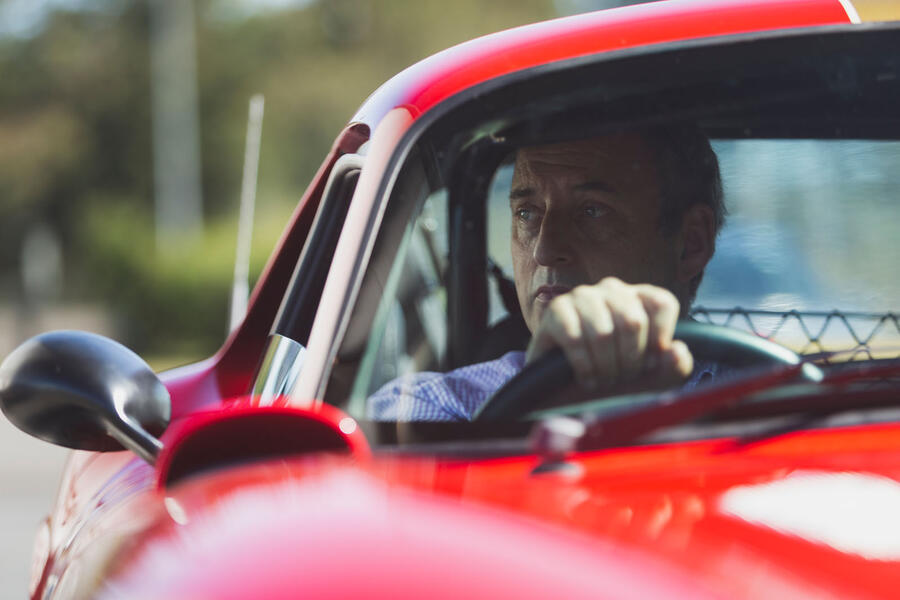
It’s quite hard to manoeuvre around a service station because all the control weights are heavy – though the power steering can be adjusted under the bonnet – but once you’ve mentally dialled into it and adjusted your inputs accordingly, it’s about 10 times easier to drive than it looks. The clutch is heavy but gentle, the gearshift heavy but precise. You’ll notice the prevalence of the word ‘heavy’ in this paragraph because that’s how it all feels. But it’s not: weighing only around 1200kg if you choose the robust standard vinylester and glass composite bodywork (aluminium is an expensive option), it has a similar power-to-weight ratio as a McLaren 570S. Which means it goes like a maniac.
Which also meant that, on the M1, it felt like what Thomas Hardy once referred to as a ‘netted lion’, except he was talking about a person. I have to keep reminding myself that this story is about the motorway, with the car being used for the purpose of pleasingly relevant illustration. But it’s no good – I’m much more interested in this machine than the clogged road on which I must drive it, so it is just as well that the photographic brief requires endless sprints between junctions, at which there are plenty of side roads and roundabouts on which to indulge my inner Jack. It rides ridiculously well, though were this my car, I’d stiffen its adjustable Ohlins dampers a bit to provide a little more body control. I’d prefer more steering feel too.
Just once I get a clear run up the slip road and, for perhaps no more than a couple of seconds, I’m foot down, engine bellowing and ready to do 185mph all over again. But of course I don’t: my licence is my livelihood and I’m not Jack Sears.
I head back to Watford Gap at the 70mph limit in whose imposition he said he played no part, and thought what it would be like to be back in those quieter, more innocent times. Even when armed with a Cobra, today the M1 is a bore at best, an ordeal at worst. Sixty years ago, it must have seemed like the most exciting road in the country.
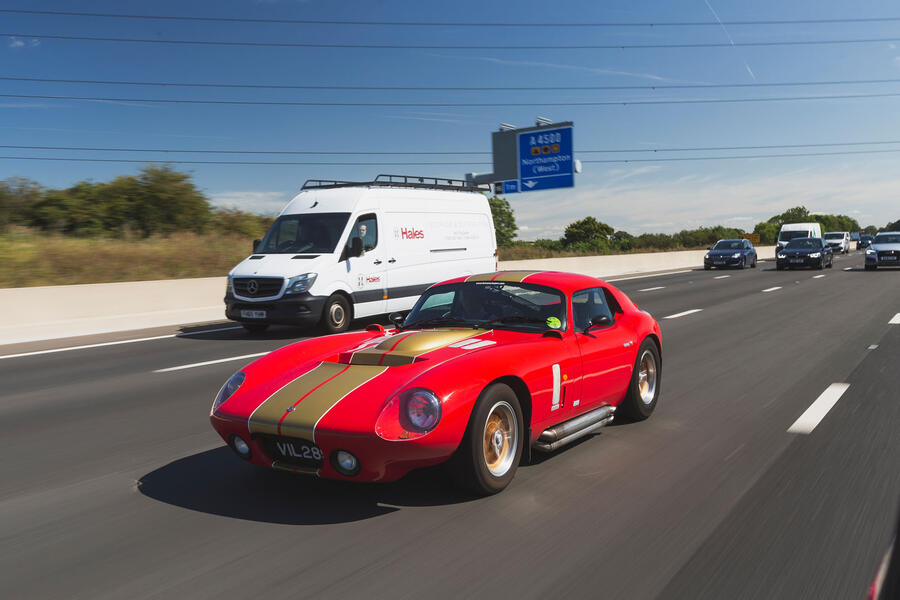
Driving a 'real' Daytona Cobra
There are only six originals, all worth many millions, but there are some built more recently that are, in all important regards, mechanically indistinguishable. At the time, the reason for the coupé body was to gain the top speed over the aerodynamic breeze block that was the original Cobra. Without a single extra horsepower, the Daytona Coupés went 30mph faster down the Mulsanne Straight.
But there was another benefit: the way the body was attached to the chassis added considerable rigidity, which transformed the handling. I’ve been lucky enough to drive both, back to back, and while the normal race-prepped Cobra was inexact and unnerving to drive as I had read they all were, the Daytona handled beautifully well – not delicate like its great rival the Ferrari 250GTO, but consistent, trustworthy and great fun.
The result took the Cobra from a car that wouldn’t (and frequently didn’t) see which way a GTO went on a race track to one that trounced the GTOs at Le Mans in 1964 and the following year won the GT category of the World Sports Car championship. This was the first globally recognised international racing championship ever to be won by an American car.
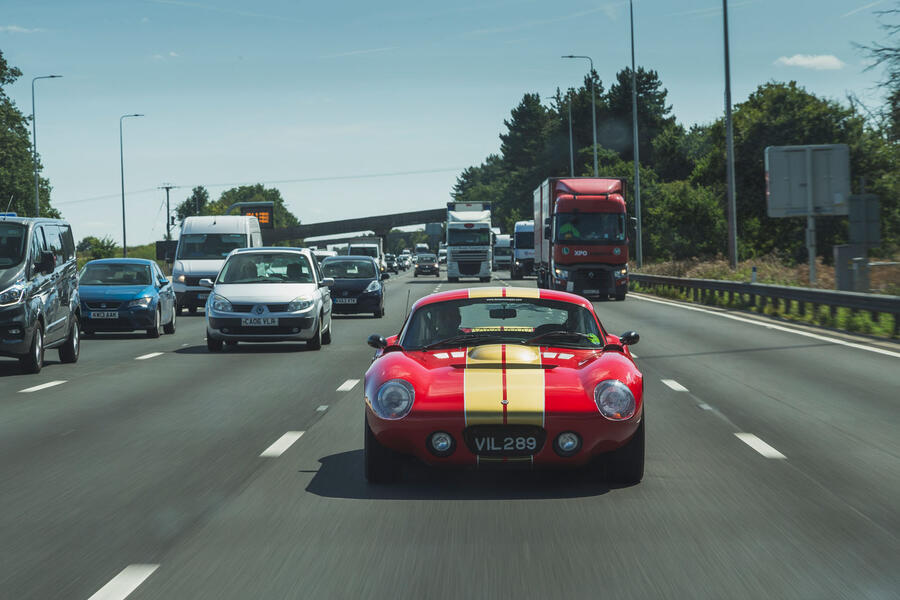
Seven things you didn't know about British motorways
1: The M1 was not Britain’s first motorway, though it was the first so called. But before that, on 5 December 1958, a motorway opened to bypass Preston. It would eventually be incorporated into the M6.
2: The original design specification for the M1 was for 14,000 cars per day. It now handles more than 10 times that number.
3: Pigeons are believed to use motorways as navigation aids.
4: At 1222ft, the M62 is Britain’s highest motorway – and technically more than 60% of the way to being up a mountain.
5: The M6 is haunted.
6: Britain’s weirdest motorway is undoubtedly the M96, because it doesn’t go anywhere, is not open to the public and no one’s heard of it. It belongs to the Fire Service College and is a private road built to simulate road traffic incidents and accidents. It’s located near Moreton-in-Marsh in Gloucestershire.
7: Although ideas for a motorway in Britain can be found as long ago as 1906, the first proper attempt to get one built dates back to 1923. Even if it had happened, it still wouldn’t have been the world’s first, which had already opened in Italy. Called the Northern & Western Motorway, the plan called for a massive road to be built in sections, eventually linking London to Liverpool via Coventry and Manchester. It was killed off by a lack of interest (spelled money) from the government and concerted lobbying from the railways, which insisted that such would be the rise in rail use that a project like that would be doomed to failure.
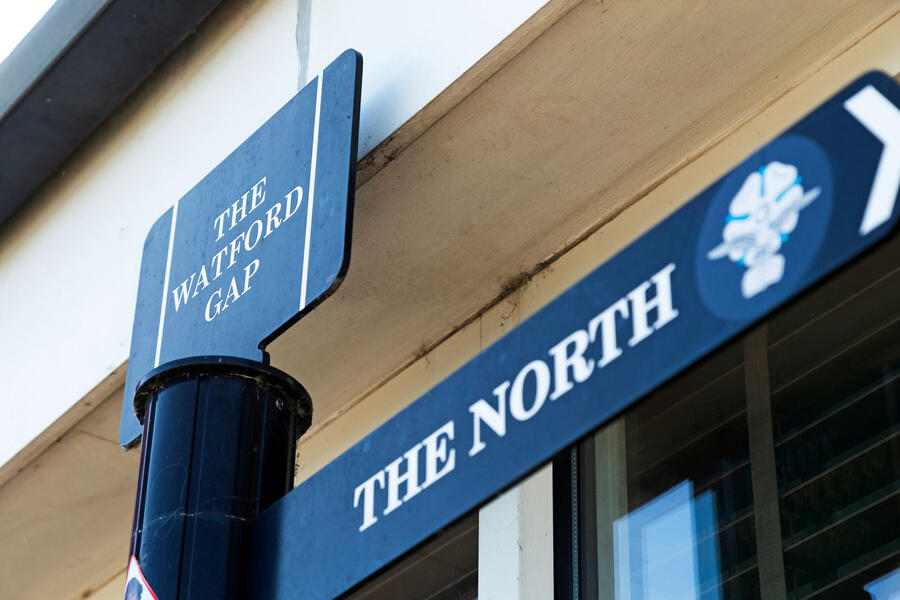
My M1 memories - Mark Tisshaw
My location means that I use the M40 rather than the M1 to head north, so M1 trips are rare these days. But when they do occur, it’s usually to go to a football away game. And on those days, any service station is a colourful mix of hope in the mornings as people from clubs all over the country head to watch a game, and joy and despair (and tiredness and sore throats) in the evening as they head home, Burger King invariably binding everyone together. Another lovely quirk of British culture.
My M1 memories - Steve Cropley
A former Rootes Group engineer I knew once described how the opening of the M1 led to panic redesigns for the major mechanical bits of many British cars, largely because of the north-south orientation of the exciting new motorway.
In the UK, the wind usually blows from west to east. The unrestricted nature of the M1 led many a family dad to max his Austin or Hillman on the new road – the very first place that sustained high speed was possible in this country. Owners soon discovered that the cooling airflow required was simply not available. Cars had not been designed (or tested) to cope with the heat they could now generate. Radiators exploded, engines overheated, oil became so thin that oil pressure dropped and engines ran their bearings. Gearbox lubricants boiled, tyres overheated, brakes couldn’t provide decent stopping from 80mph-plus and much more. Wind noise became a serious problem, sunroofs blew out, door seals were shown to be inadequate and the time-honoured front quarter-light rapidly became an anachronism.
It all led to crash redesigns of finned sumps, finned gearbox housings, bigger radiators, better lubricants, bigger air scoops and door frame mods. It also led (eventually) to gearing changes and the adoption of multi-speed gearboxes so that fast cruising didn’t require engines to rev their heads off. You could call it the beginning of the modern era.
READ MORE
The day Jack Sears hit 185mph on the M1 motorway
Reborn AC Cobra enters production in EV and 2.3-litre forms​

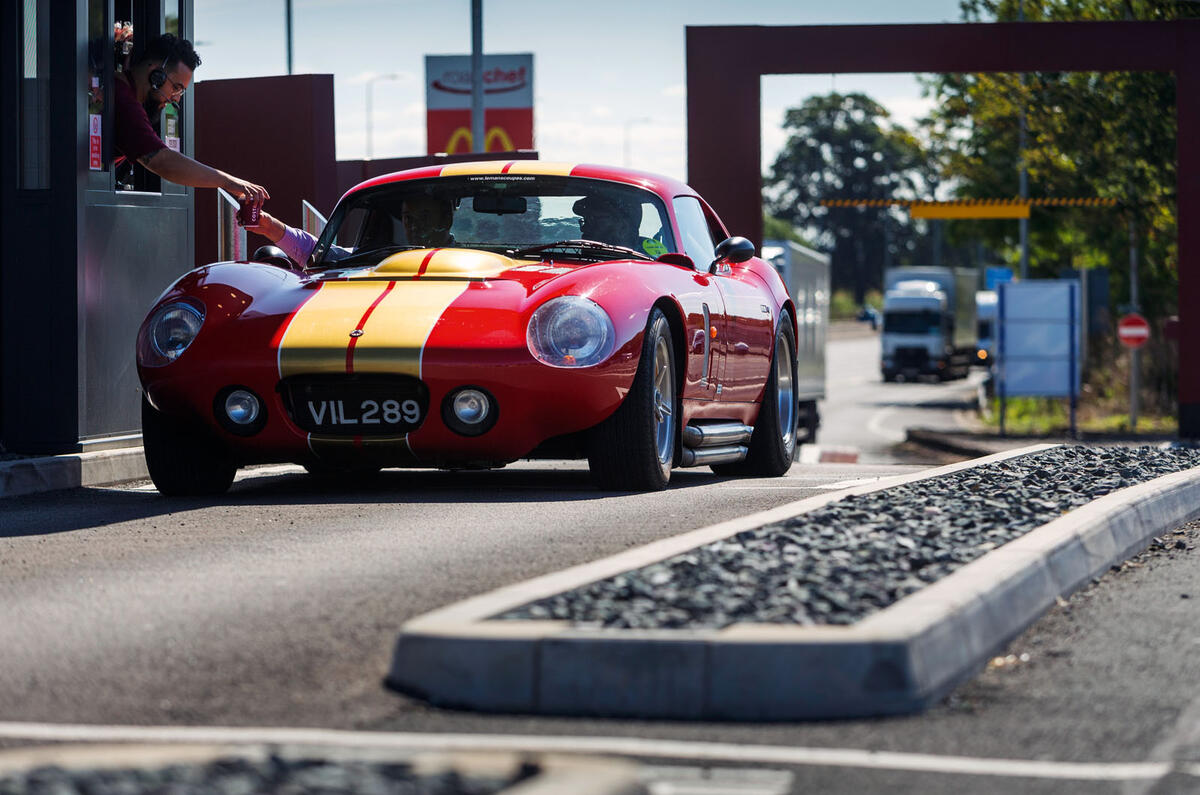
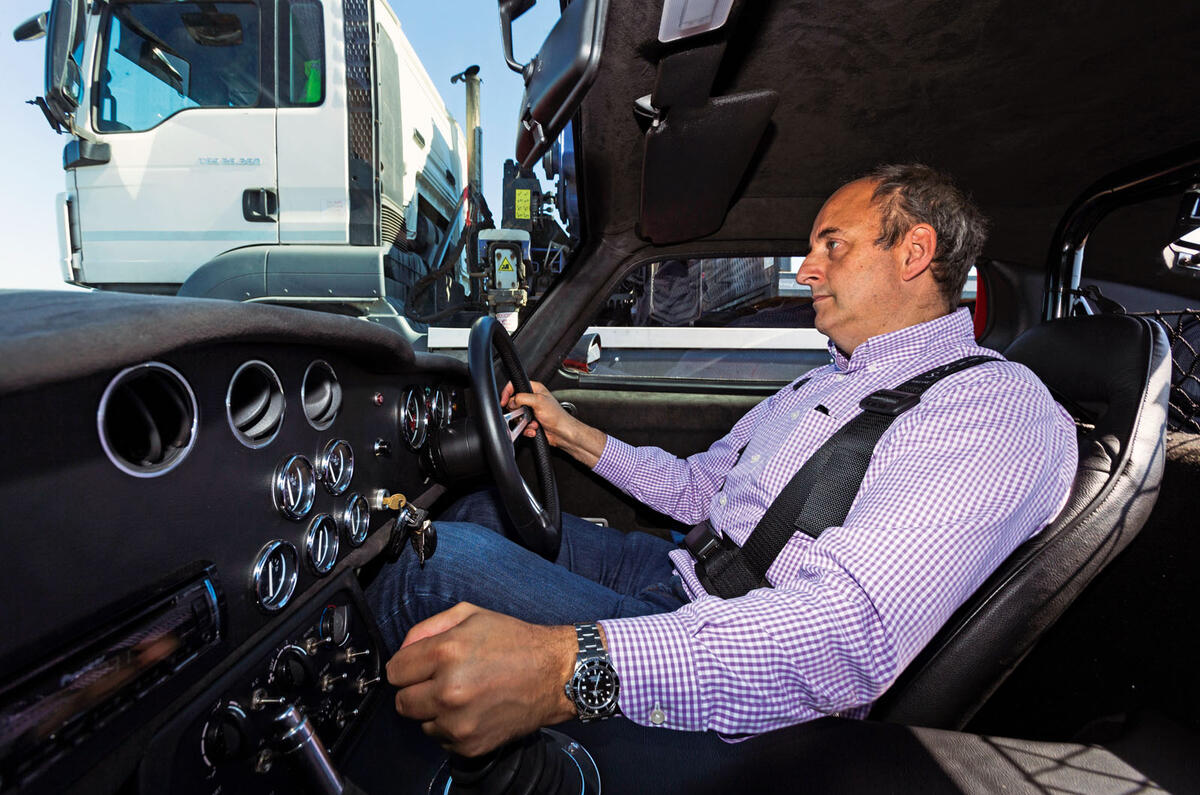
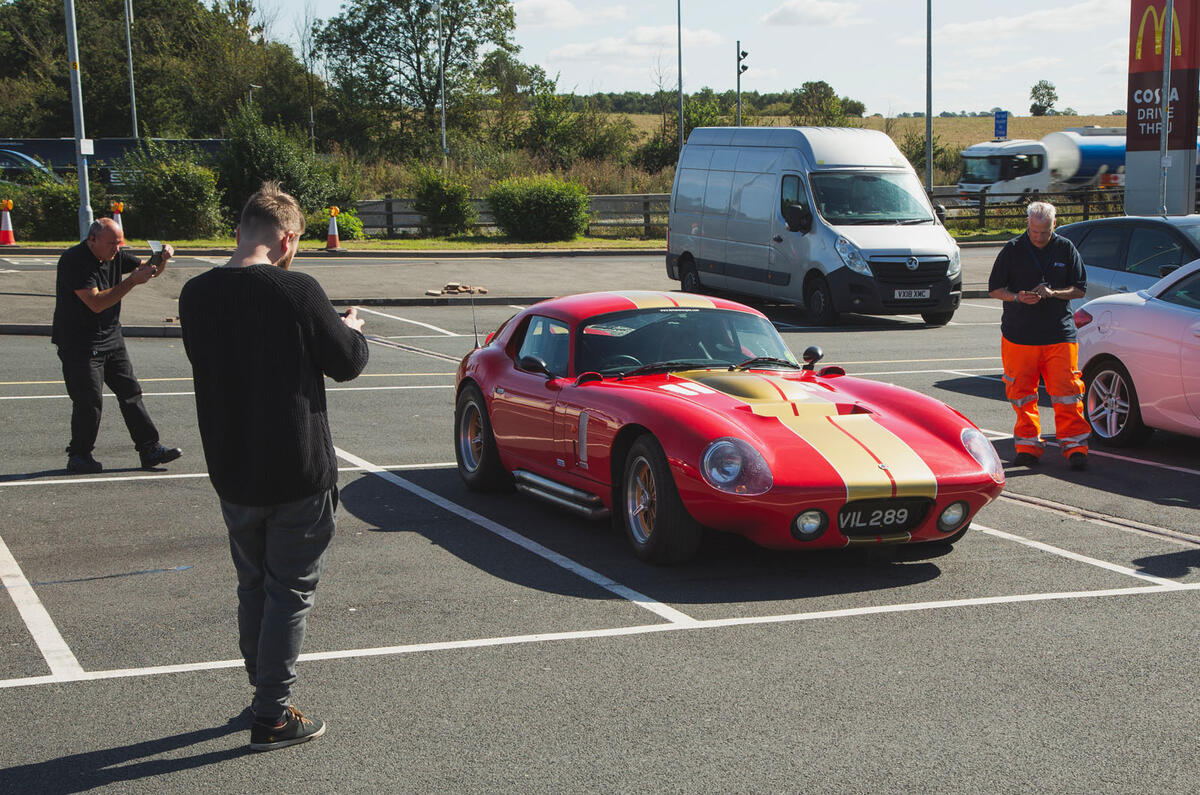


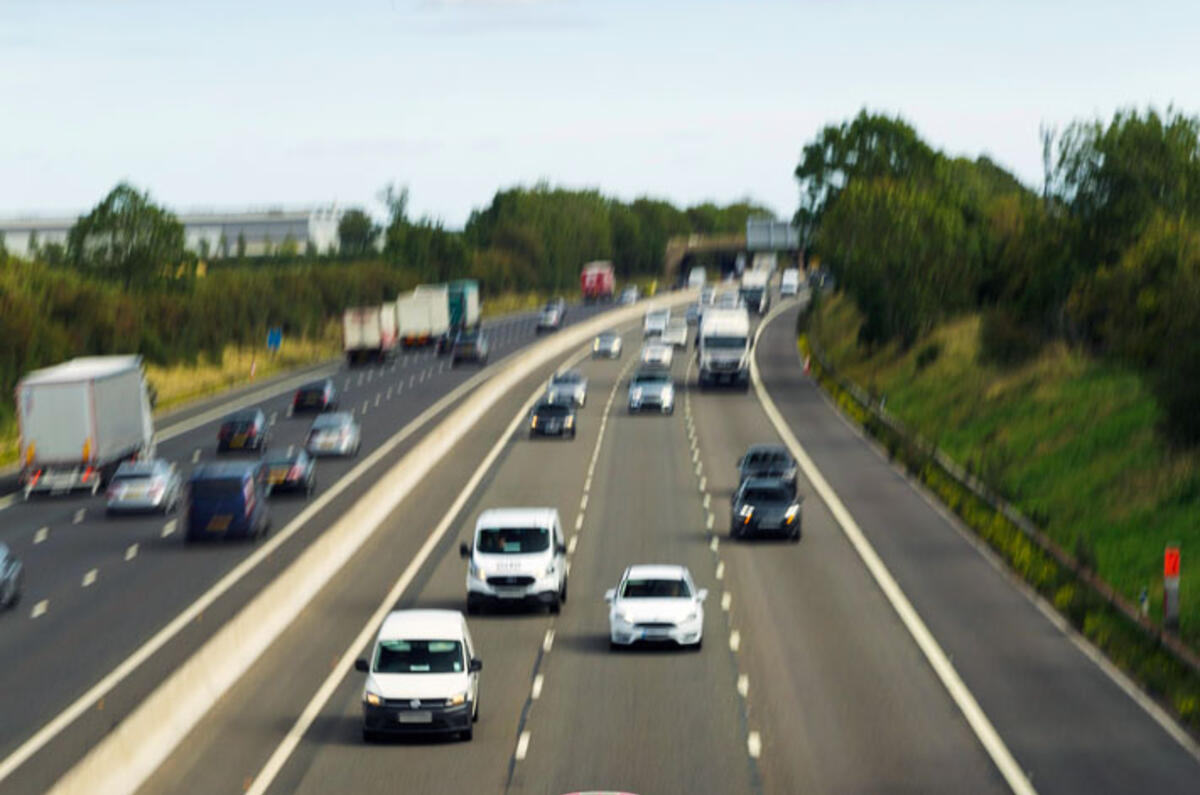
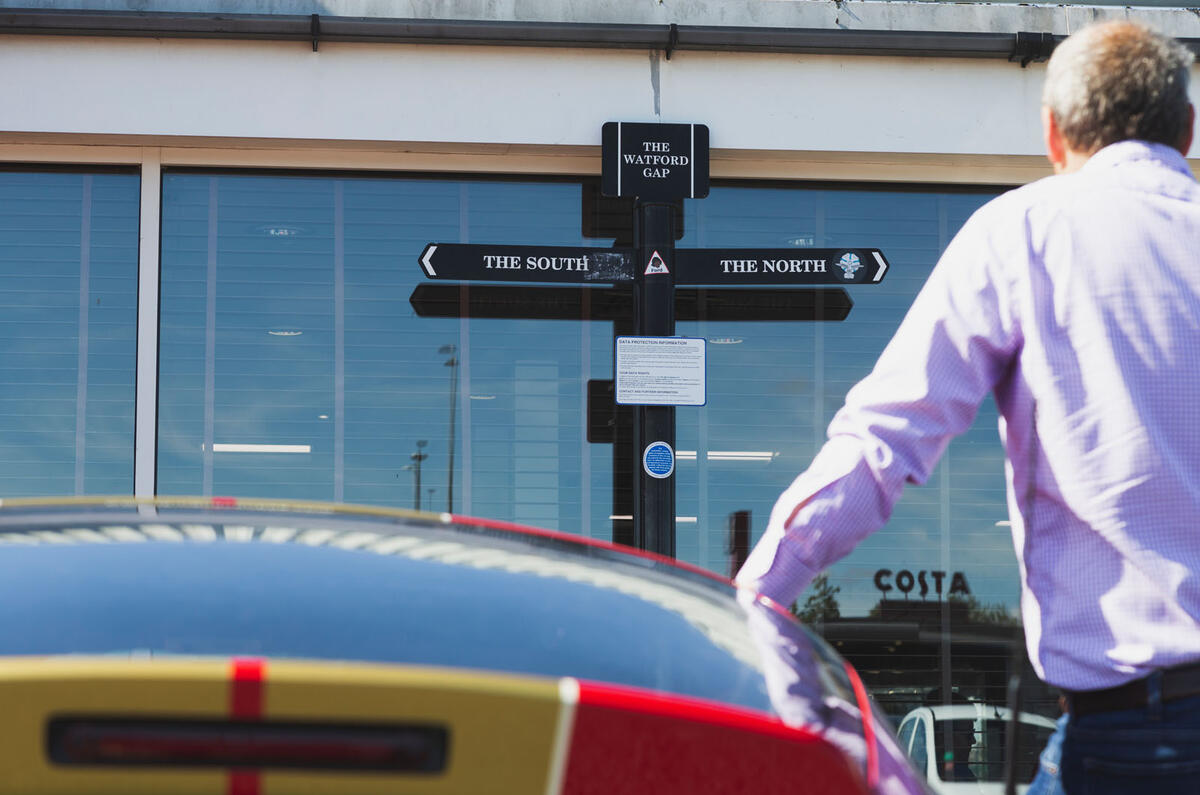
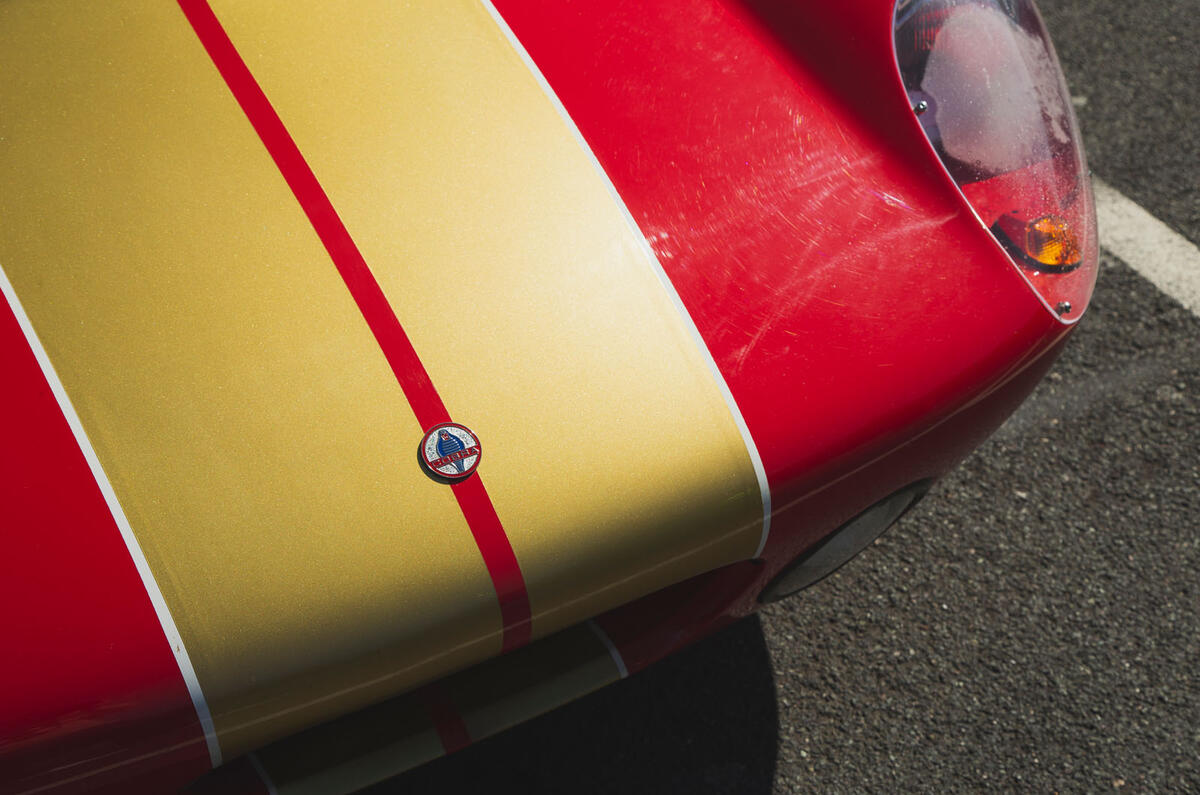

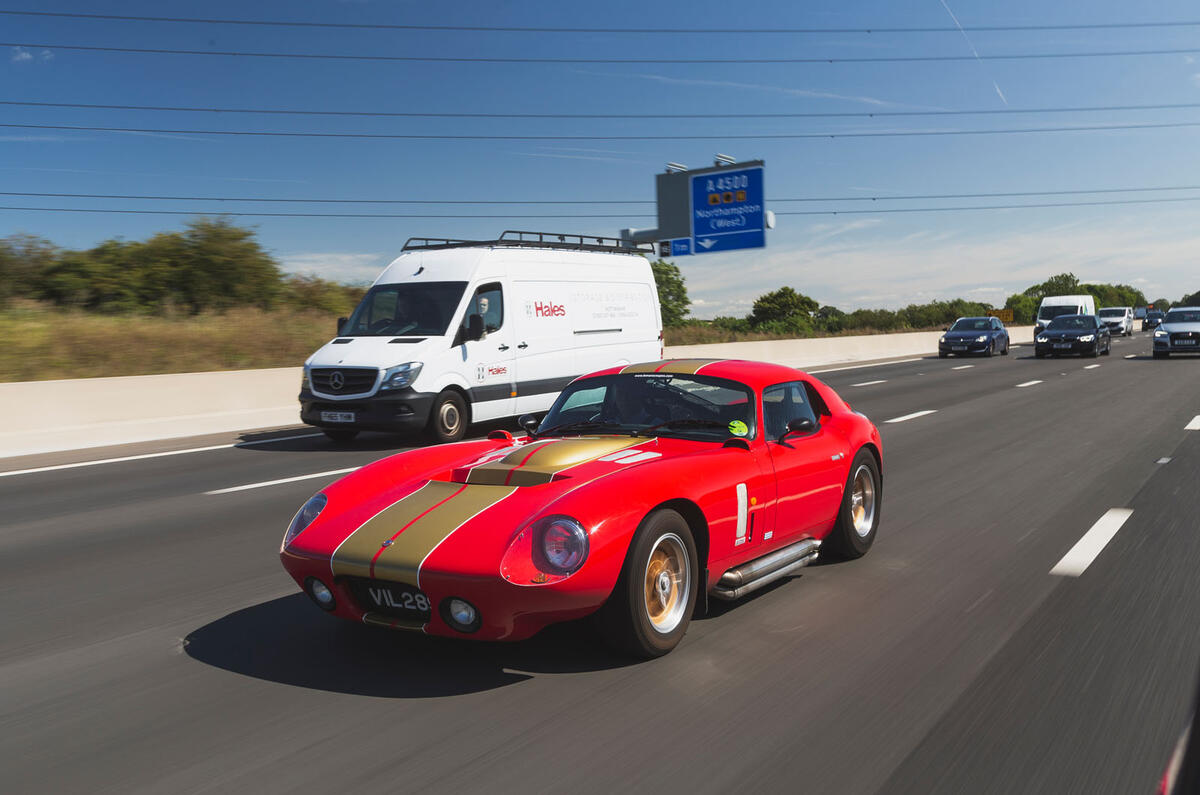

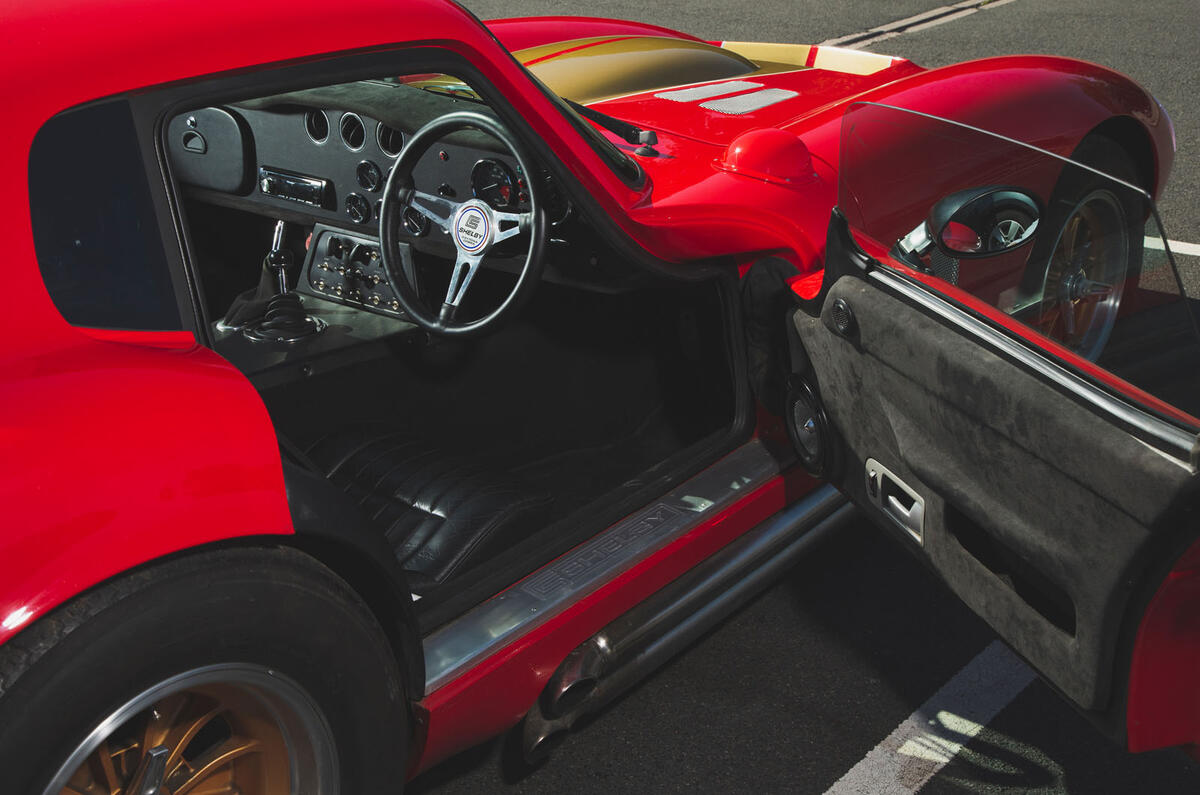
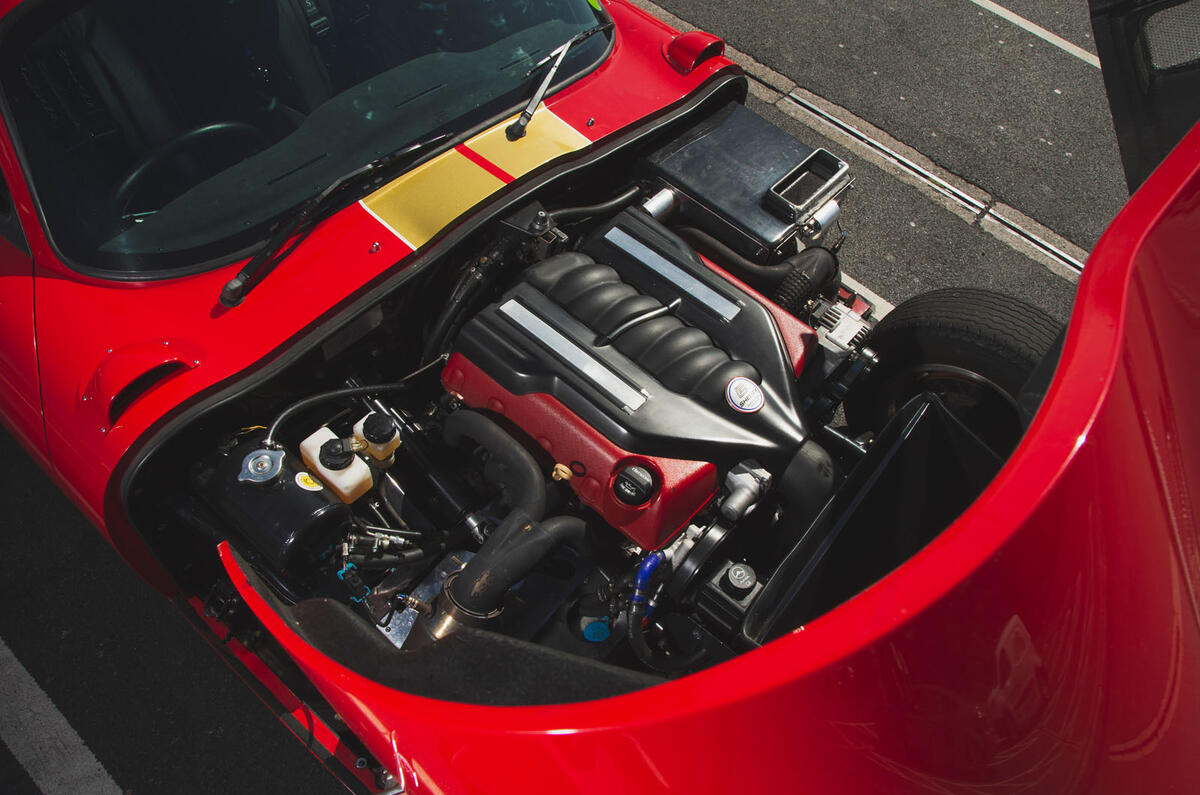
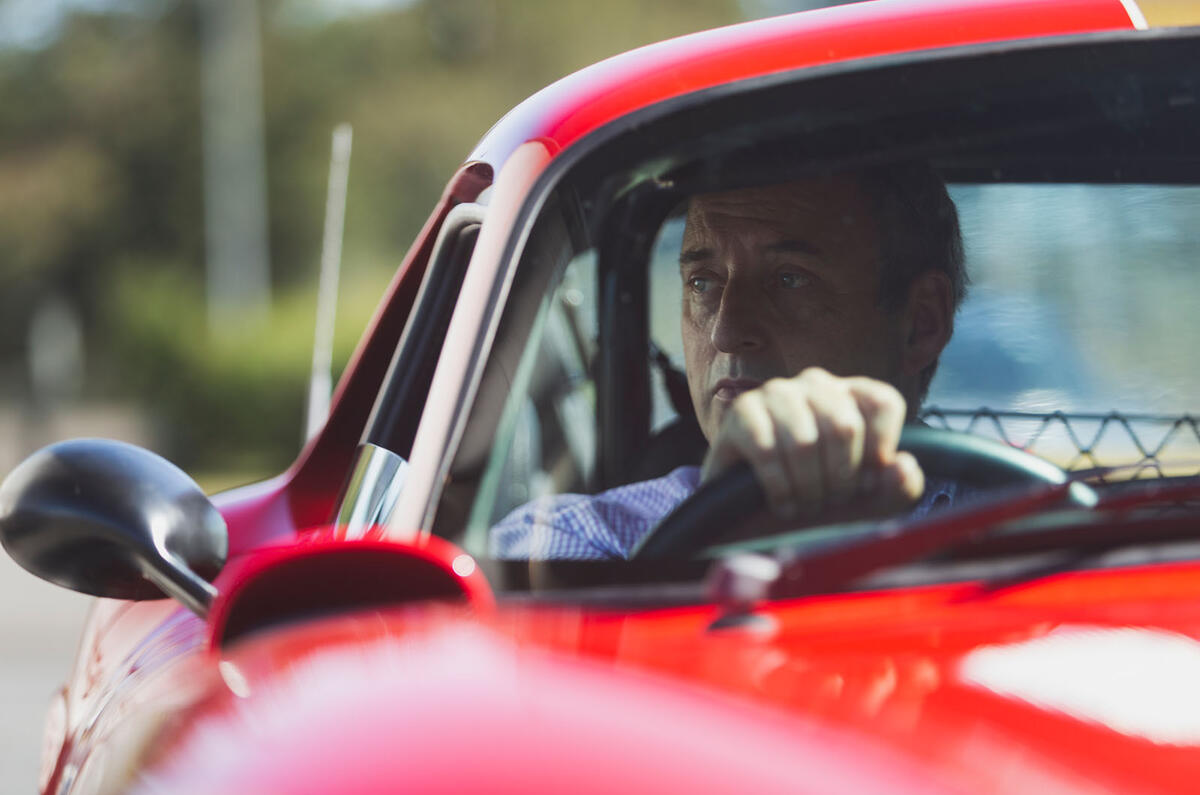
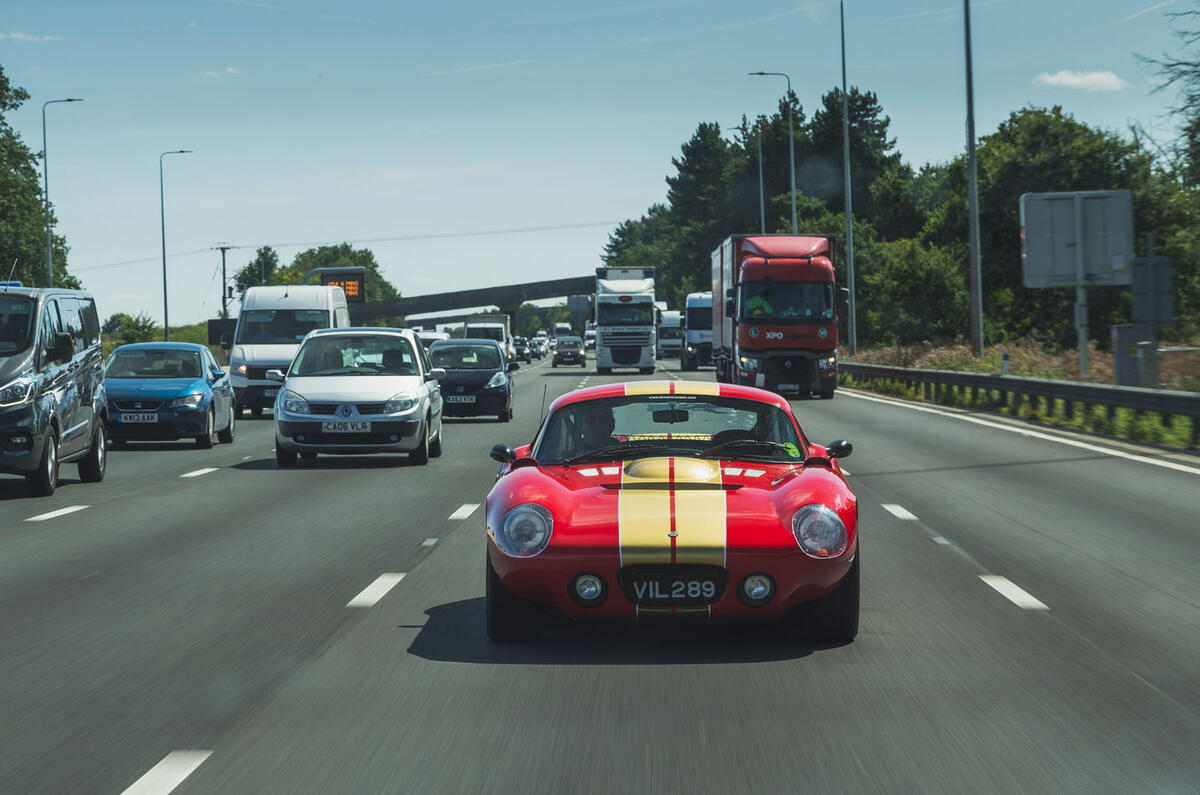


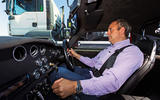

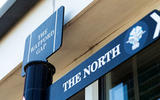
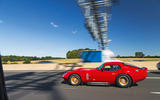

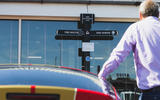


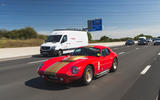
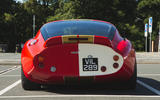

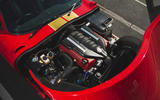

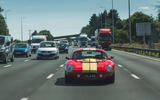
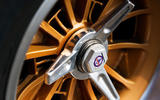


Join the debate
Add your comment
The cars of the next few
Kw not BHP.....
That's where cars are changing, 0-60, 0-100mph can thanks to instant torque be reached in almost the blink of an Eye, top speeds to some extent don't really matter, in the next few months someone will top 300MPH, do we want to go faster than that?, where could you go faster than that?, why would you want to go faster than that?, EV power has given us access to almost hyper acceleration, Tesla have been bragging there up and coming roadster will do 0-60MPH in less than two seconds!, that's another pointless ambition when that happens, time travel anyone..?
186 mph on thre M1
That is what the M1 was built for in it's day but modern traffic conditions totally negate the high speed useage .I have avidly followed motorsport since the age of 15 and have even driven a Porche 911 Turbo at 160+ in the 70's across Salisbury plain where hedges etc; do not obstruct your view of on coming traffic. I was going to demonstrate the car to a London based solicitor and did so in a traffic jam in the picadilly underpass ! Having owned 17 sports cars in my younger days,including Marcos, TVR, GT6, and lastly Mazda MX5 Mk1 & 2.I find the thrill of fast driving has ceased to exsist in modern traffic conditions and multi potholed roads.I content myself with a Mitzi Colt CZ1 these days. The supercar ads should now read 0 to 60 in 3 seconds maximum speed 70mph, but bragging rights would go out of the window !